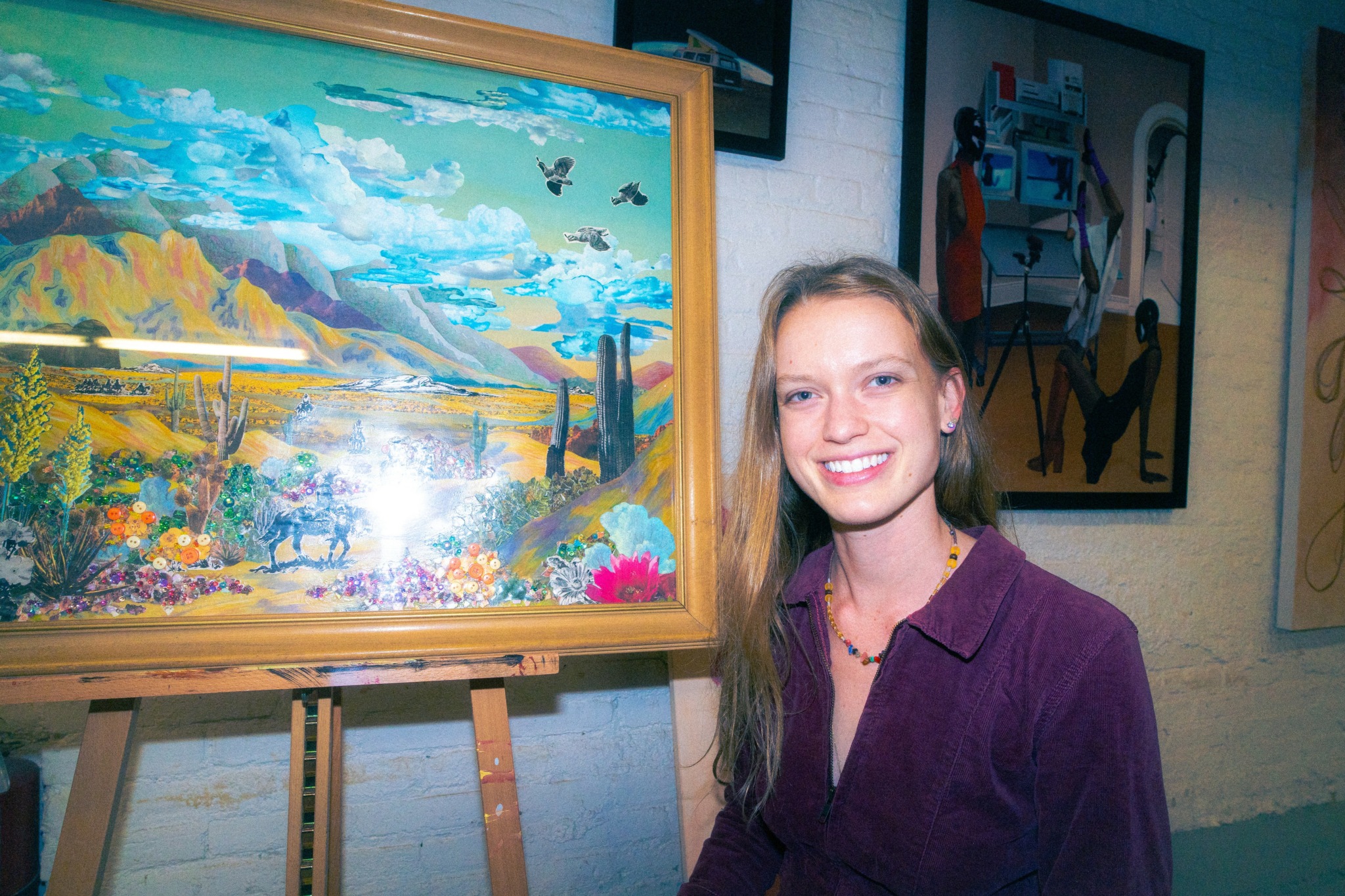Alright – so today we’ve got the honor of introducing you to Love by Loona. We think you’ll enjoy our conversation, we’ve shared it below.
Love by Loona, appreciate you joining us today. We’d love to hear about a project that you’ve worked on that’s meant a lot to you.
The Potting Bench II is my most meaningful project—we’ve been through a lot together!
The piece marks the full realization of a vision I had as a teenager while vintage shopping with my mom. I loved the works of art we’d find, but wondered what they could look like with pink and glitter. Nearly ten years later, I found a print of Barbara Mock’s painting The Potting Bench, which brought the thought of Lisa Frank and led to the purple table & blue sunflowers. Then this piece taught me how to paint, as the rest unravels from there.
In the meantime, I went to school and learned about decolonization. I wanted to develop an art practice that reflects this period of renewal that refuses acceptance of the way things are, that it is what it is; a period that reverses our points of view. And so the piece takes on a deeper meaning.
I was thinking about a relevant phrase for the plant labels (on the left) throughout the 10 (intermittent) months this project required. The phrase came to mind during days of silent Vipassana meditation, hearing Alan Watts in my head: “All space becomes your mind… [time carries you along like a river… and you no longer have to fight to kill it]” (1966). It was a moment where something I knew made sense for the first time, via thinking less, feeling more.
But if I were to articulate “All space becomes your mind…,” I’d mention how Vipassana has us feeling sensation, neutrally, throughout our bodies, finding all pain and pleasure as part of the “equanimous” mind thus extended to all space within. Add to it Alan Watts: that “the world outside your skin is just as much you as the world inside.” Or, more basically, as Buddha teaches: that our thoughts are not our own—that “all of nature thinks, and human consciousness is a reflection of the consciousness of all” (Parry 2015). &, of course, Krishnamurti, who writes of an attention without centre.
Then I’m thinking of Carolyn Elliot in Existential Kink (2020)… describing how our current experience is the subjective projection of our entire lives: that everybody is a light wearing a unique, snowflakey lampshade of a psychological schemata that their light shines through. I wonder literally if all space becomes our minds, what kind of world have we created? And like this, there’s the mindfulness of making respectful worlds where everyone can live peacefully with everything they need.
I added the Statue of Liberty to highlight the influence of not only the U.S. but imperialism writ large and the myth of freedom within capitalism. In a culture projecting an idea that anything goes in pursuit of the “new,” I hope instead we can reflect and readjust in favor of restitution and reparations.
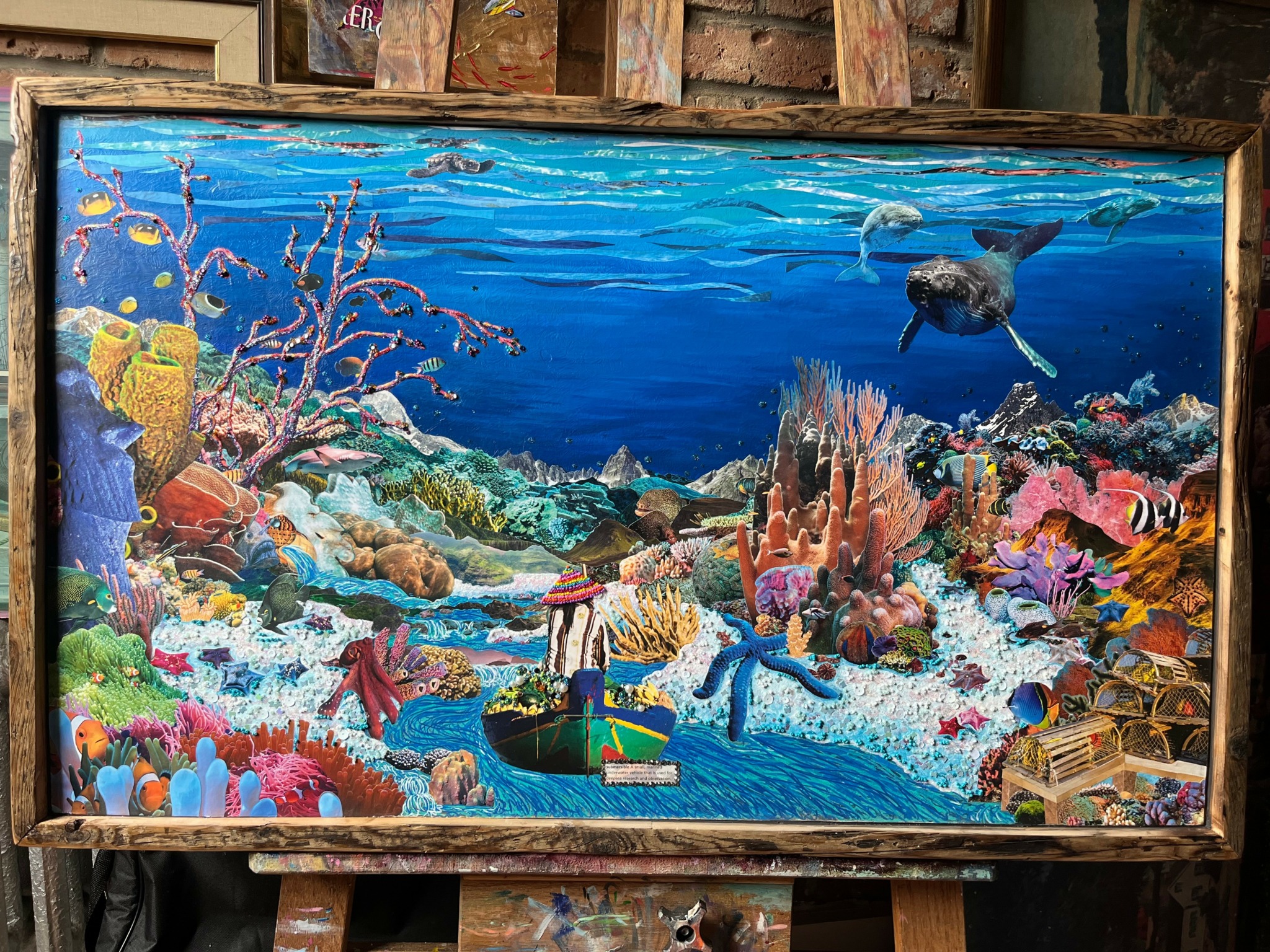
Love by Loona, love having you share your insights with us. Before we ask you more questions, maybe you can take a moment to introduce yourself to our readers who might have missed our earlier conversations?
I’m Loona, an artist and academic at heart. I move within the world reading, observing, and experiencing, fascinated by how we construct and reconstruct meaning. Collage is my primary medium, and also a research method. It’s a process of collecting, dissecting, and rearranging fragments of the past to reimagine the present and propose fantasy futures.
There are two branches of my visual art. The first I call “Transformative Mixed-Media.” This collection embodies my thesis: that we can change the world by thinking about it differently. In practice, I recycle old books and thrifted art to craft layered compositions, blurring the boundary between memory and possibility. Through this transformation, I create critical interventions with familiar imagery, turning nostalgia into rupture and reinvention.
My second collection comprises original compositions; collage from scratch. Here, I’m challenged by working with the information and images already available. This work poses a problem: How do we make a safer, more sustainable world using systems and materials that do the opposite?
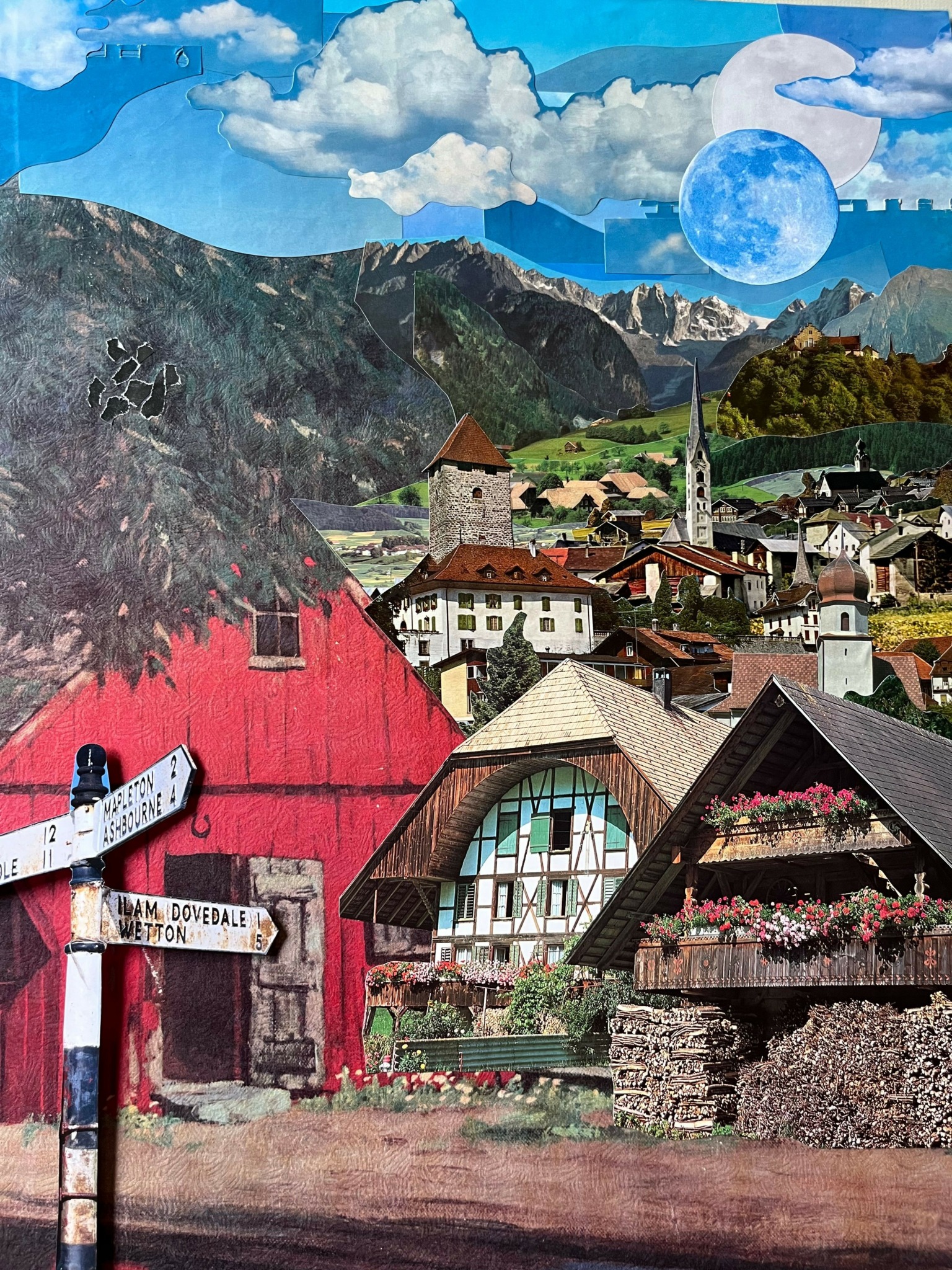
We’d love to hear a story of resilience from your journey.
Being an artist is interesting because I am my art and a business. It’s vulnerable, and every shadow within is reflected throughout the process. While making the art: Is it perfect enough? Am I embarrassing myself? & and all the relevant spirals from there. Then, while sharing or networking with the art: Does this work have value? Do I have value?
And as a woman, many times I felt I was making a career connection only to find myself objectified. Once, I met a prominent art collector and gallerist interested in buying my work (The Potting Bench II). He also hired me to come to London as a gallery assistant for his traveling exhibition, and to learn more about the art world. When we arrived he asked if I minded that we’d be roommates and expected me to sleep with him.
I got the sense this is something he had done many times before.
It’s painful to experience the stories we’ve all heard about women exploited for their sexuality while trying to build careers in a patriarchy. In my imagination, these events of abuse and harassment became antiquated in the #metoo movement. Understanding the systemic nature of power and control on creativity has been a intense journey, for this reason and others.
Also too, it’s important to reflect on how I can cut the karmic ties with that pattern. Realizing my value is inherent, that my art is powerful and so am I, has shown me how to avoid objectifying myself in the process—such as looking to others to determine that value. Decentering men, drawing contracts, and being extremely intentional about my energy helps me find endless amounts of resilience, because it’s authentic. And this trust in myself allows me to hold onto my pieces until they find respectful, loving homes.
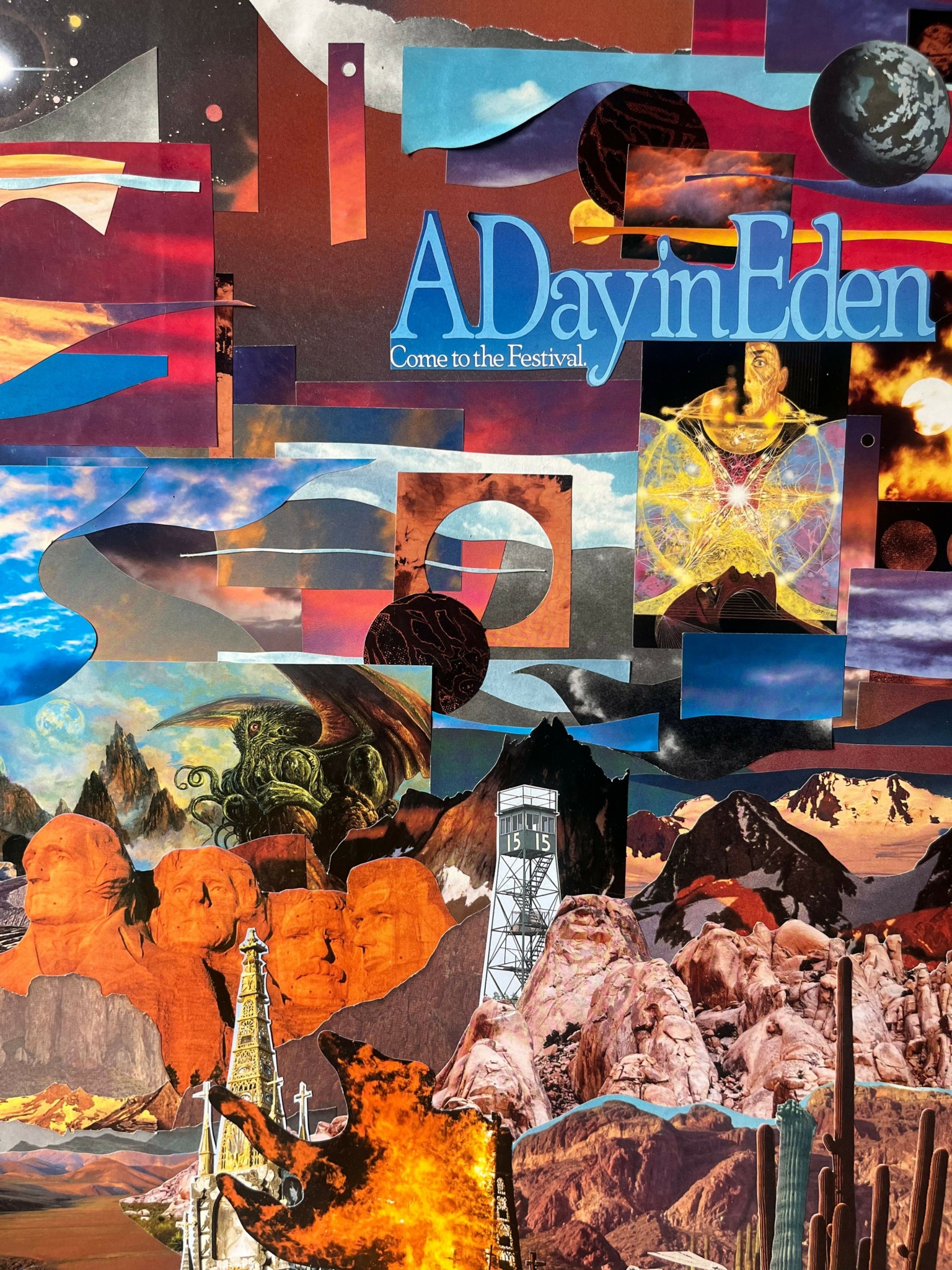
Learning and unlearning are both critical parts of growth – can you share a story of a time when you had to unlearn a lesson?
I’ve been in New York for just over a year now, and during this time I’ve unlearned and unlearned again and again, and will continue to unlearn, the attention economy steeped within my culture-bound intuition. I’m referring to how our economy treats attention as a commodity and offers incentives for spending more or less time on a given product or practice.
The way I find this paradigm affects me most is through an inauthentic drive to hustle. That is, working for outcomes and focusing my time based on what I think I’ll get out of it, rather than presence or process. This manifests in making art for the purpose of financial gain, or even avoiding the pursuit of arts as a career due to fear of the starving artist narrative.
While playing the role of an artist, I see how much I’ve idealized the work without getting into practice, all while placing so much attachment on the expected outcome. As a result, I found my heart broken in all kinds of ways; but this is how the heart opens, and this is where authenticity emerges. Now I have real flow, as natural boundaries begin to form around what has my attention, and for how long.
What’s becoming clear is that the cost of inauthenticity is the inability to pursue art. I see how the mind ties itself into knots with attachments to outcomes and outdated belief systems. The next step is often obvious, but we build arguments and anxieties against it because it seems hard or uncomfortable. But, after all, beautiful art and empowerment is made in trying something new, speaking clearly, and letting go.
Meditation and teachers like Krishnamurti, Joe Dispenza, and Bashar help me in this everyday practice. Each highlight the importance of authenticity in finding and following our path, knowing that what we find inside might be different from the expectation, and nonetheless all the more loving.
Contact Info:
- Instagram: lovebyloona
- Other: Substack: @lovebyloona
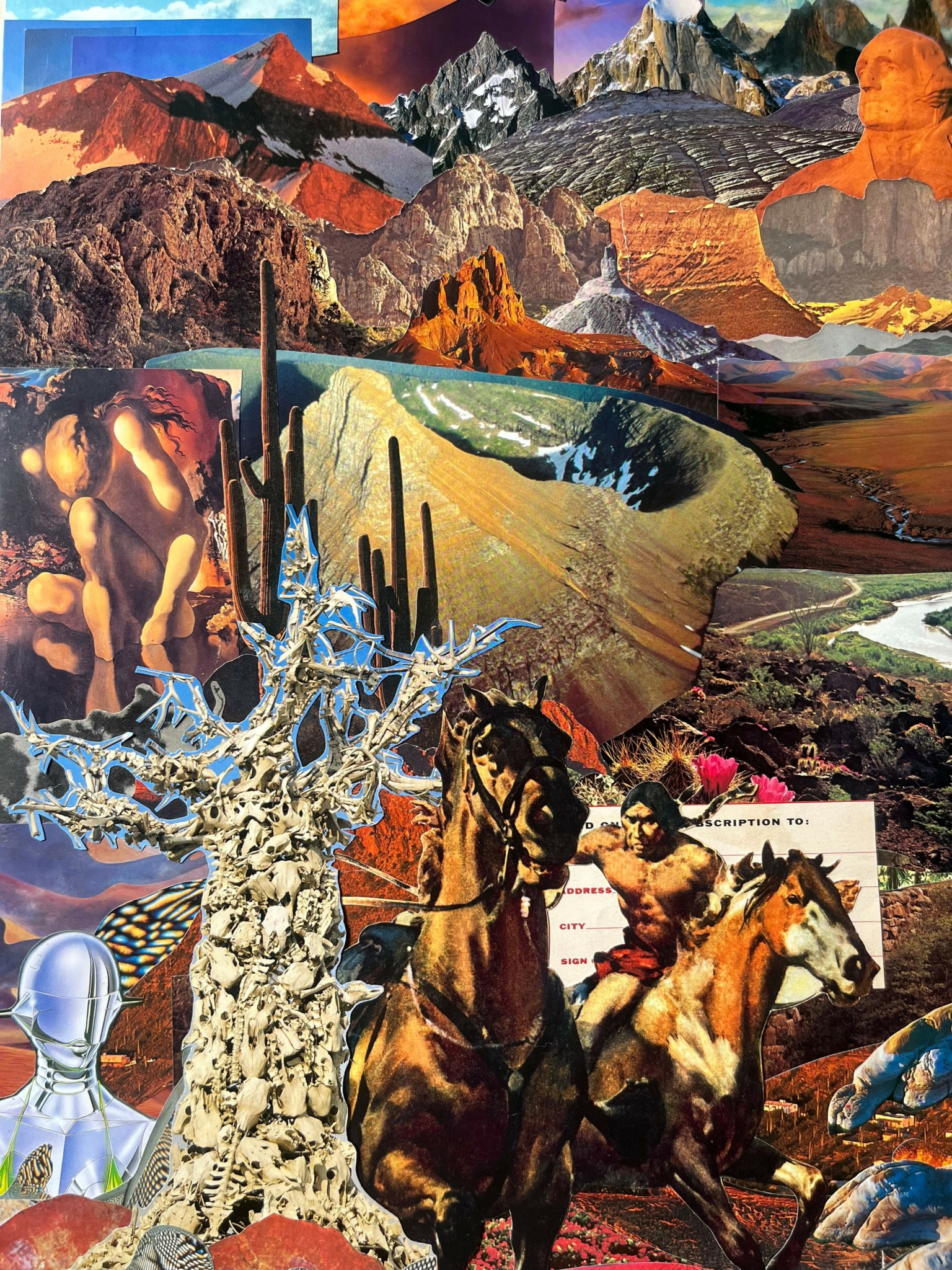

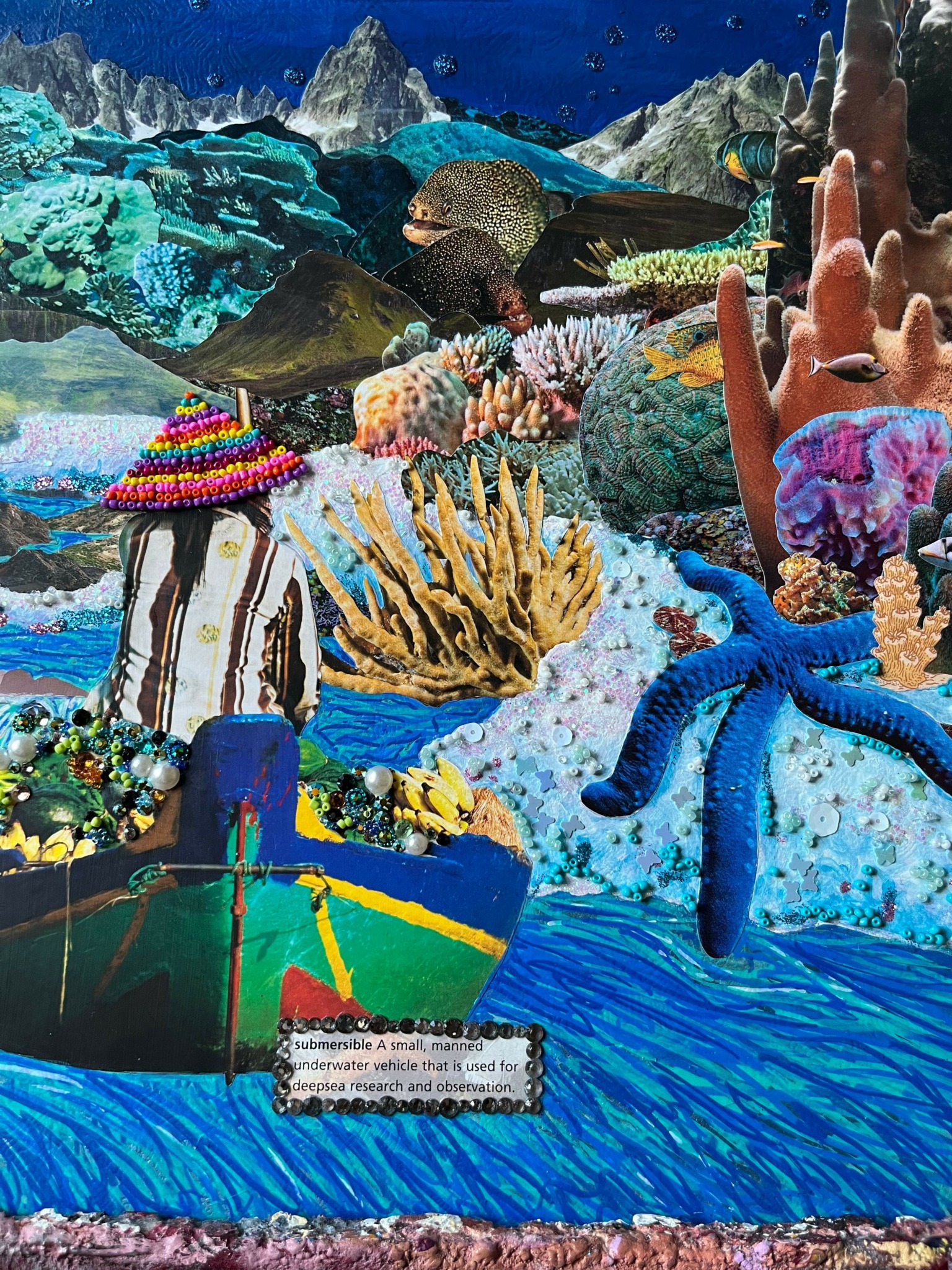
Image Credits
Josh Sauceda @joshsauceda


